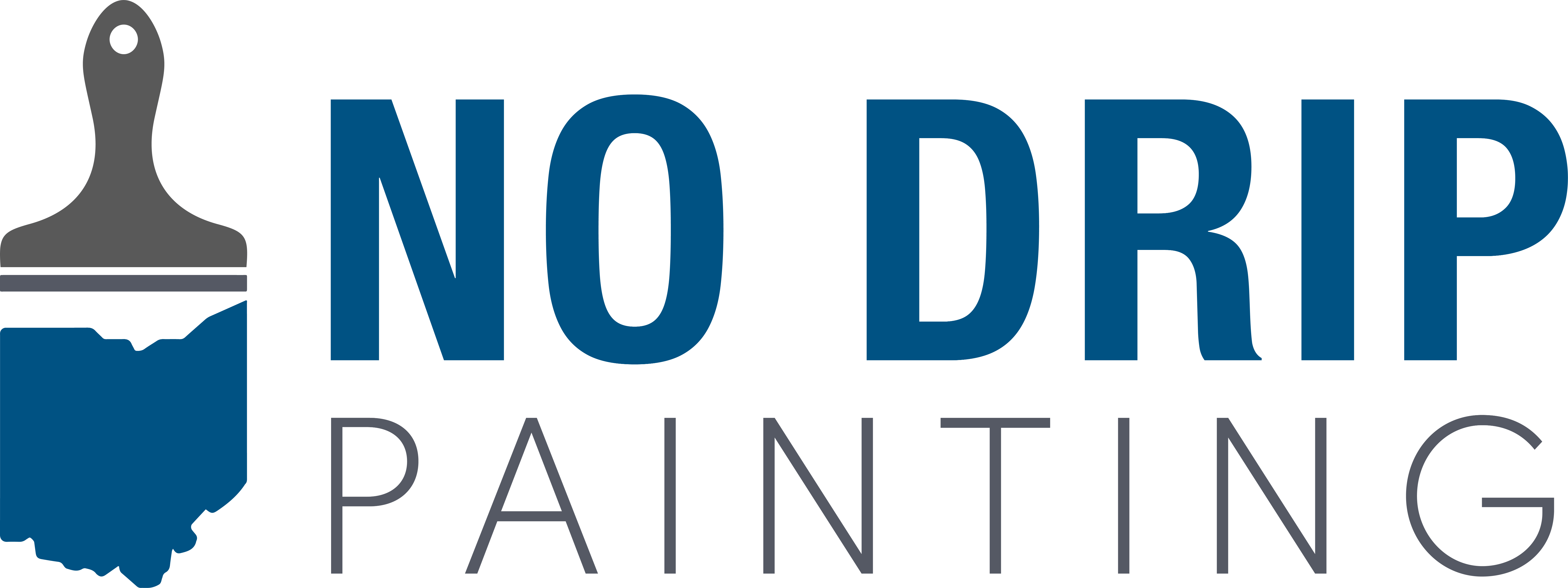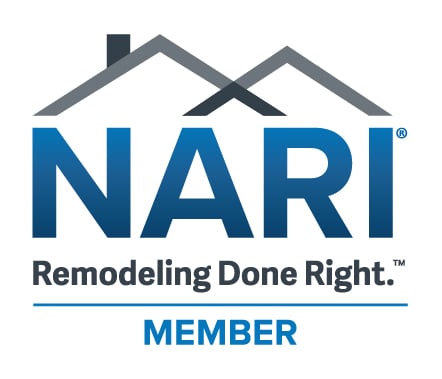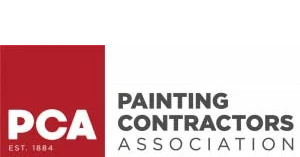What are you supposed to do in this world of a million paint lines that promise one coat coverage, paint and primer ‘in one’, and superior finishes without priming? That is a great question! It can become daunting to determine when you need to prime, which primer to choose and if the cost is really necessary. Let us help explain a bit about priming and support you in better deciding which primer is for you.
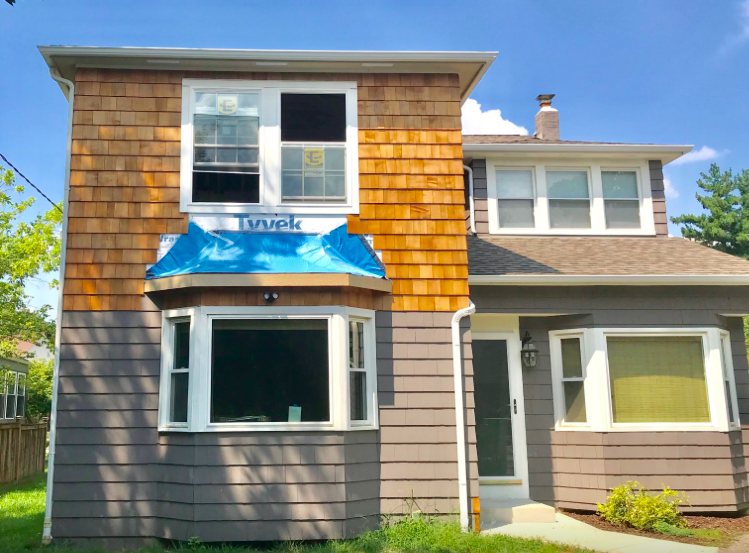
The basis for all successful projects is knowing what you need to achieve and which products are designed to deliver on those needs. Let’s break down latex and oil based primers and what uses you may find them helpful for.
Which Primer to Choose
Latex Primer:
First thing first-latex means water based, so we are essentially comparing water based versus oil based in this article. Now, let’s start out with latex based primers.
Bare Drywall
It is crucial to prime before painting new, or what is considered ‘bare’, drywall. Even a paint/primer combination paint is not going to suffice here. Drywall seams are covered with joint compound (drywall mud) and just like the word ‘mud’ may imply, it can easily absorb moisture. These areas to need to primed in order to seal in the mud and allow for your paint color to be vibrant and even in coverage. If you skip this step you will notice the areas covering the drywall mud to be lighter in color and requiring additional finish coats of paint-this is because the mud is literally sucking the moisture out of your paint. At No Drip Painting we will turn to a latex primer for this job.
Often times we face new drywall in full renovations and additions and/or new construction. Since at this time ceilings are also being painted, our go-to primer is Sherwin Williams’ CHB. This is a standard Flat paint that does a great job as a drywall primer.
Color Changes
Another use for latex primer is when making a drastic color change (i.e from navy to light gray). Often times you will need 3 coats of paint coverage in order to achieve optimal coverage so it is cost effective to, instead, do 1 coat of primer (tinted to your finish color) and then 2 coats of finish paint. Sherwin William’s Multi-Purpose Primer would be a good choice for this need.
High Gloss/Cabinetry
Extreme Bond Primer (by Sherwin Williams) is another latex primer we often turn to when priming surfaces that require extra ‘grab’. Surfaces that have previous finishes, gloss finishes or poly coats prior to paint would be good candidates for the Extreme Bond.
Oil Based Primer:
Well let’s dive into a messy conversation…oil based primer! Don’t run just because it can be messy (and smelly), oil based primer serves some very important purposes.
Bare Wood and Stains
No Drip Painting most often pulls out this primer when getting ready to paint uncoated wood. The reason for this, oil based primer has great coverage in blocking what is called ‘tannin’ in new wood and helps to seal wood knots. This is a great product to use if you are matched against new wood (interior or exterior), water stains or smoke stains. Oil based primer can also act as a nice odor suppressant.
A few tips when it comes to oil based paints and/or primers:
- Ventilation! Provide yourself adequate ventilation or a ventilator to keep away a nasty headache.
- Do not forget that oil and water do not mix. You cannot save your brush/roller if you intend to wash it out with water when you are finished. Make sure you have some paint thinner/mineral spirits on hand.
- Oil based primer and paints used to be highly sought after because of their hardening qualities over time. One thing to consider when applying exterior oil based primers: surfaces expand and contract over time due to weather, thus cracking of your oil based coating is possible over time.
Our go-to products in this category would be the following Sherwin Williams products: Exterior Oil Based Wood Primer and Multi-Purpose Oil Based Primer.
Prime it Right, The First Time
Priming is not always a necessity, but, as in many of the situations mentioned in this article, you can see that it definitely serves it’s place in the painting world. Take the time to assess the needs of your painted surfaces and be sure to take all steps necessary (the first time!) to ensure a beautiful result.
Happy Painting!

